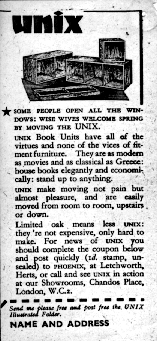

| Main index | Section 1 | 日本語 | Options |
The following options are available:
| | |
| Only display quota information for the file system that contains the specified path. This can be any file within a mounted file system. | |
| | |
| Print group quotas for the group of which the user is a member. | |
| | |
| "Human-readable" output. Use unit suffixes: Byte, Kilobyte, Megabyte, Gigabyte, Terabyte and Petabyte. | |
| | |
| Do not report quotas on NFS file systems. | |
| | |
|
Print a more terse message,
containing only information
on file systems where usage is over quota.
The
| |
| | |
|
Display the raw quota information as it appears in the quota structure.
Non-zero time values will also be displayed in
ctime(3)
format.
This option implies
| |
| | |
|
Print the user quotas.
This is the default unless
| |
| | |
| Display quotas on file systems where no storage is allocated. | |
Specifying both
Only the super-user may use the
The
quota
utility tries to report the quotas of all mounted file systems.
If the file system is mounted via
NFS,
it will attempt to contact the
rpc.rquotad(8)
daemon on the
NFS
server.
For
UFS
file systems, quotas must be turned on in
/etc/fstab.
If
quota
exits with a non-zero status, one or more file systems
are over quota or the path specified with the
If the
| quota.user | located at the file system root with user quotas |
| quota.group | |
| located at the file system root with group quotas | |
| /etc/fstab | to find file system names and locations |
| QUOTA (1) | February 3, 2007 |

| Main index | Section 1 | 日本語 | Options |
Please direct any comments about this manual page service to Ben Bullock. Privacy policy.
